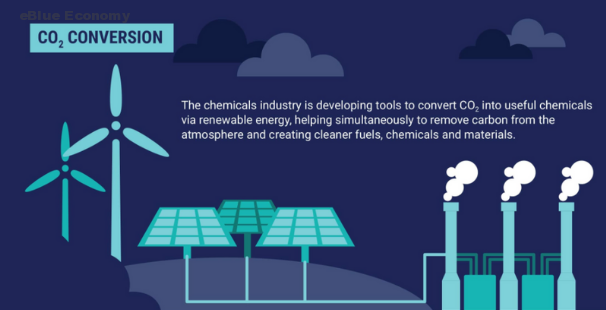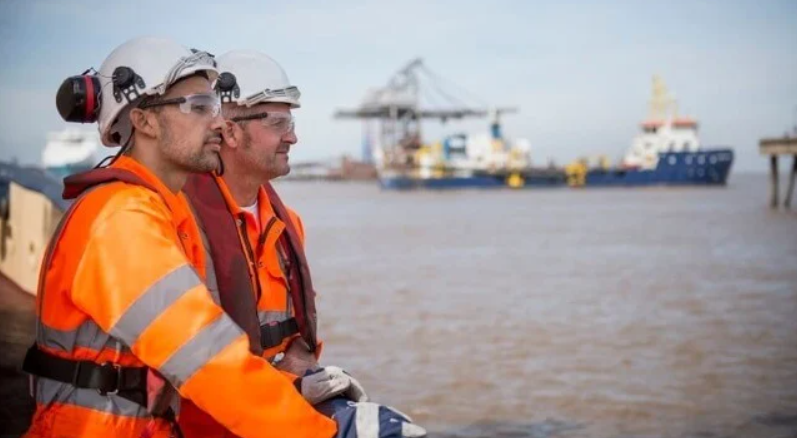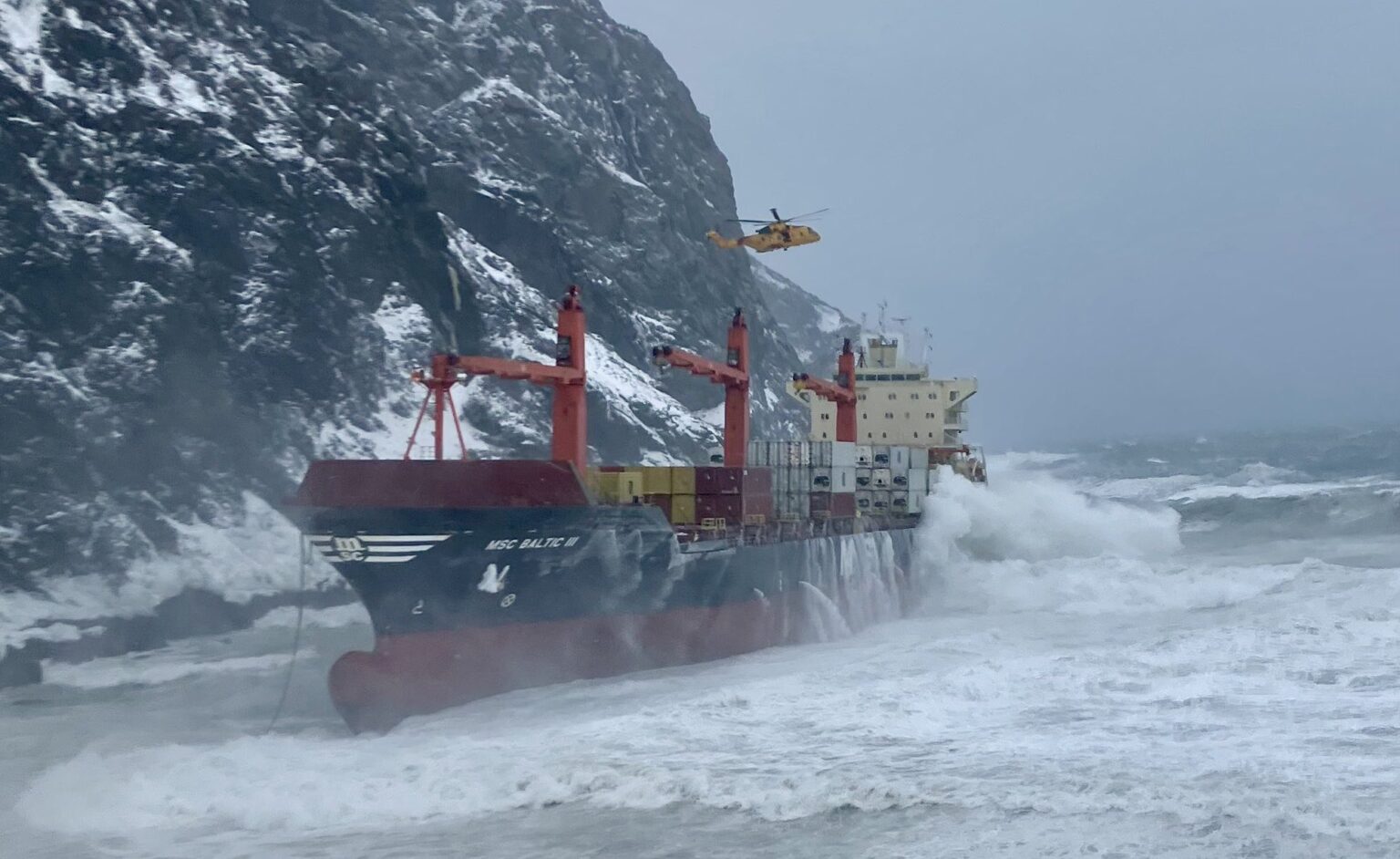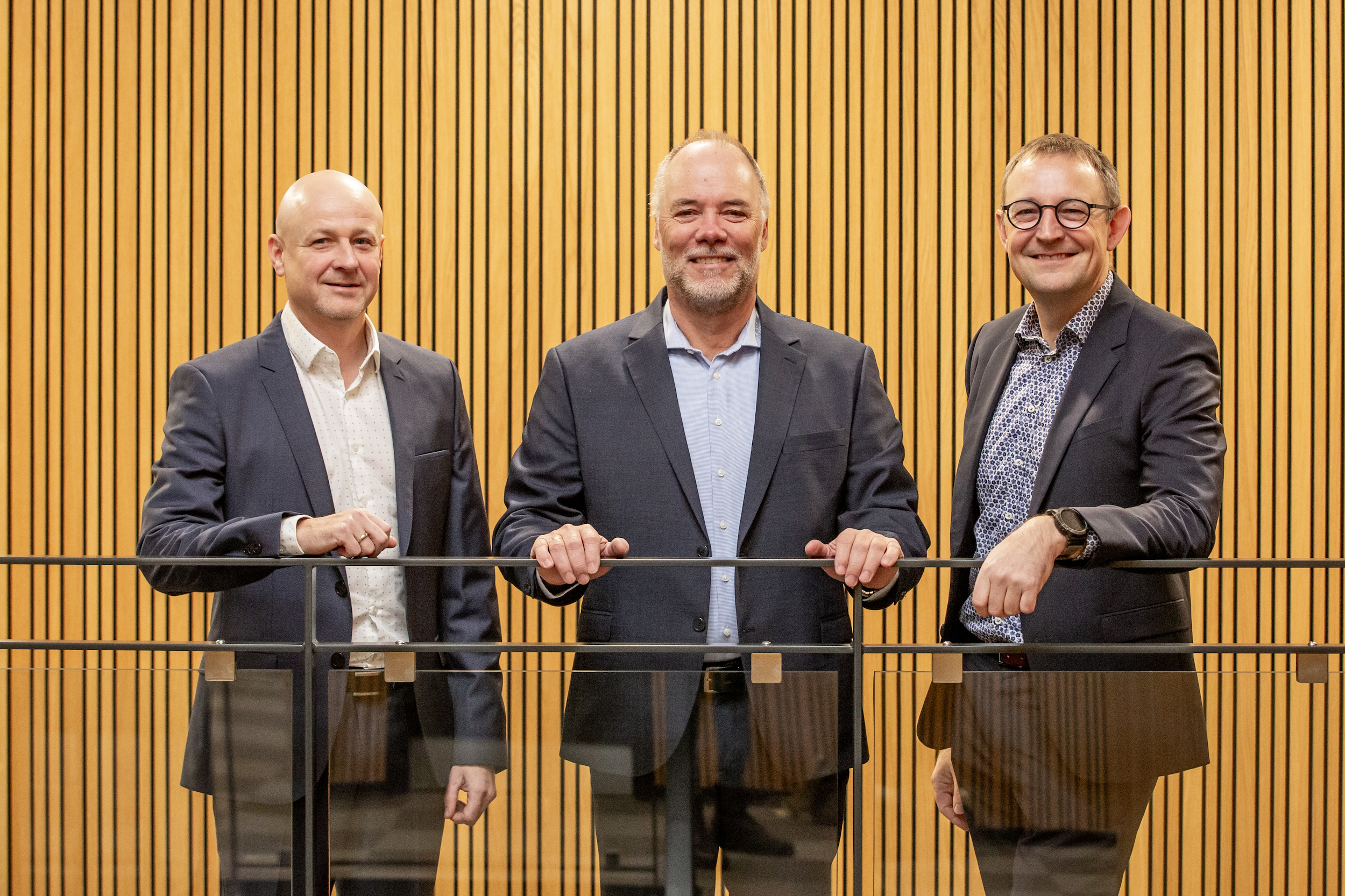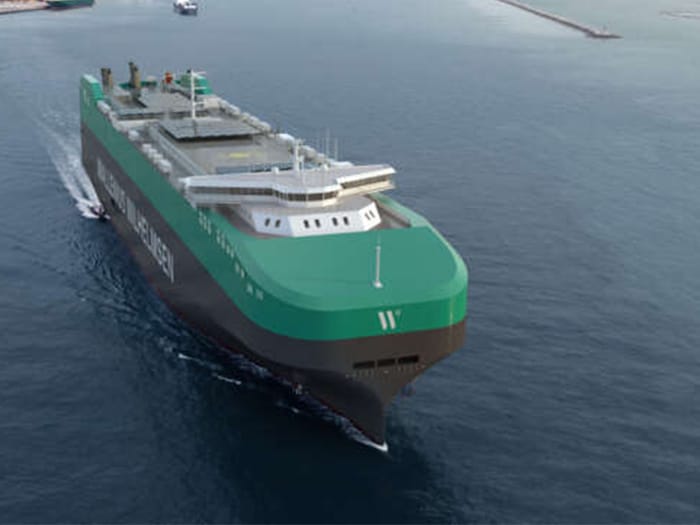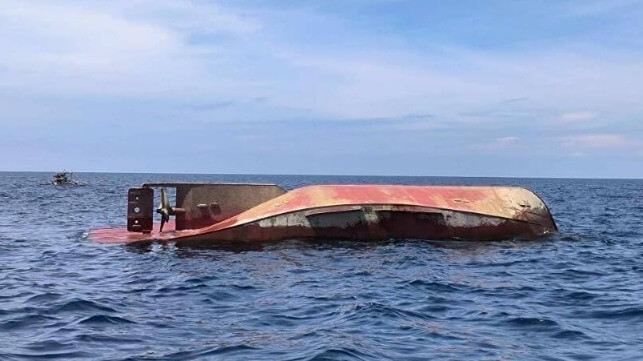About 80% of marine chemical pollution begins on land. In this series of infographics based on The Invisible Wave, we look at the pathways of chemical pollution, the cost of dead zones, the possible solution and drivers of change in the chemical industry, and the potential of a net-zero future through a circular economy.

The ocean is Earth’s largest ecosystem and faces critical challenges. Human activities and climate change impacts are undermining global fisheries, changing the chemistry of the ocean, threatening coastal ecosystems, and putting at risk hard-won economic progress in developing countries and small island developing states.
Global action to address these challenges is underway, but much more is needed if we are to restore the ocean to health and build a sustainable ocean economy.
The Nippon Foundation has played a key role in transforming our scientific knowledge of the ocean, addressing sustainability and plastics pollution, and in engaging young people and educational institutes in building awareness of the ocean and the need for better management and protection.
Economist Impact through the World Ocean Summit & Initiative has succeeded in bringing the ocean to a wider global audience and stakeholders, encouraging the public and private sectors and civil society to collaborate, and helping catalyze the transition to sustainable practices and governance among businesses and governments.
In January 2021, the Back To Blue initiative undertook two related surveys—one of industry and public-sector executives, the other of the general public (global citizens)—to better understand their views and priorities around key ocean issues.
The survey was conducted to provide a reference point for the Back to Blue initiative among the global audience we expect to be engaging, as well as to seek feedback on the direction and relevance of the initiative, and to help us gauge progress towards our goals.
The initial focus of the partnership will be on three areas—plastic pollution, chemical pollution, and biodiversity. A Back to Blue survey conducted in Jan 2021 has shown that 83% of the general public are either “concerned” or “very concerned” with issues affecting the ocean.
Respondents listed the top four priorities for restoring ocean health over the next five years as tackling plastic pollution (59.6%), chemical pollution (39.1%), climate change (31.1%), and protecting ocean biodiversity (29.3%).
Much good work has already been accomplished in these areas, but there remain significant gaps where knowledge or opportunity for action would benefit from the unique attributes and voice of a partnership between a global media organization and a foundation recognized for its global leadership on the ocean. The partnership will set objectives that are measurable and actionable, thereby accelerating global action.


